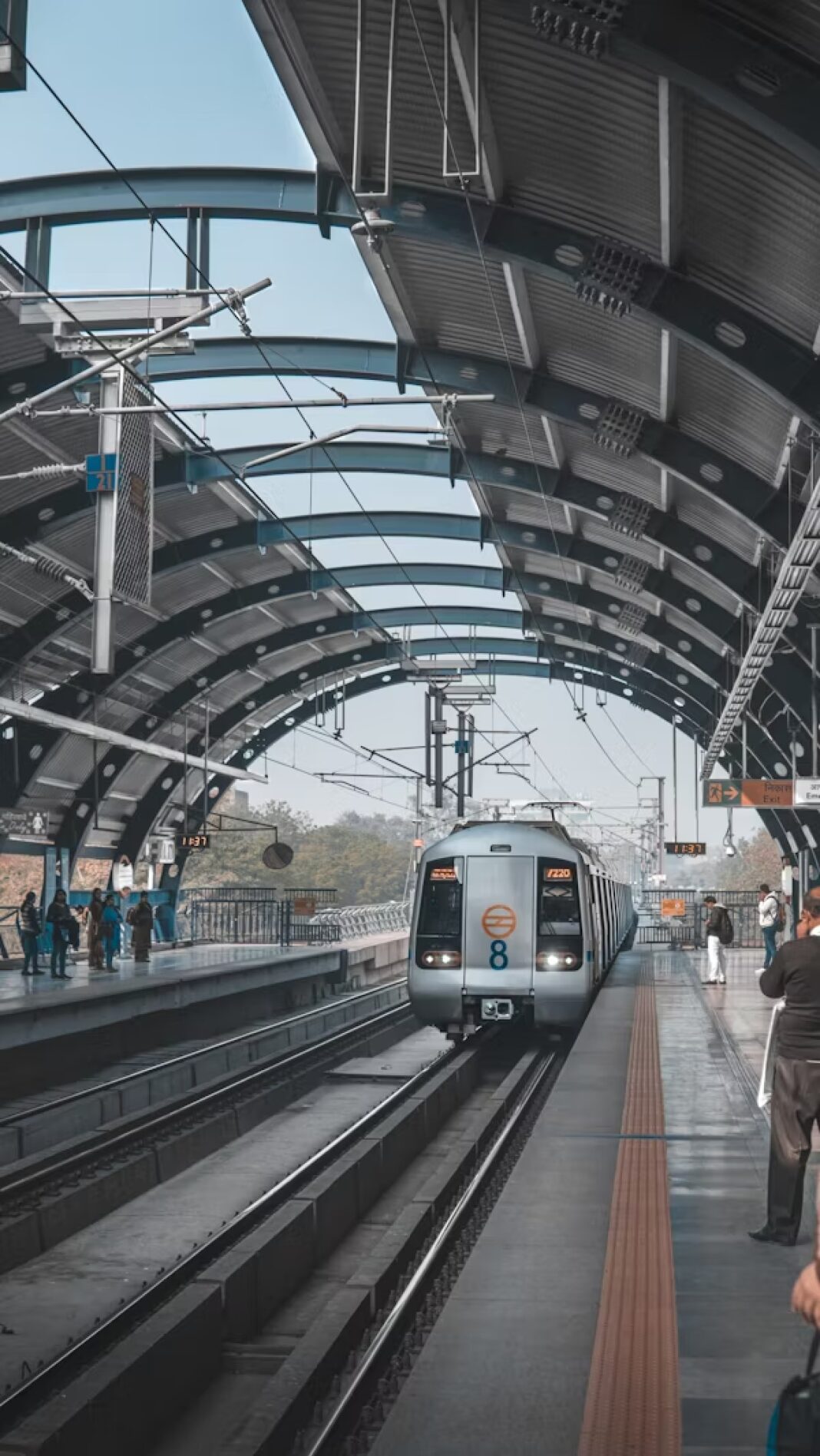The National Capital Region Transport Corporation (NCRTC) is leading the charge in revolutionizing urban transportation with its ambitious Regional Rapid Transit System (RRTS) project, connecting the bustling cities of Delhi, Ghaziabad, and Meerut. This visionary project encompasses a unique station design in Meerut, showcasing innovative planning to seamlessly integrate both RRTS and local metro trains. Spanning 23 kilometers with 13 stations, four dedicated to RRTS and nine serving as local metro stations, the Meerut section stands out as a testament to the project’s commitment to modern, integrated transportation solutions.
One of the key features of this integration is the design of stations like Meerut (south), which will boast three platforms – two for RRTS and one for the metro. This strategic layout ensures efficient operations and smooth transitions for passengers between the two modes of transport. This innovative approach not only optimizes space but also enhances the overall commuter experience, setting a new benchmark for urban transport infrastructure.
The successful implementation of this project will not only provide commuters with convenient and efficient travel options but also reduce congestion on roads and promote sustainable transportation practices. Additionally, the integration of RRTS and metro services on the same infrastructure highlights the project’s forward-thinking approach to urban mobility.
With 34 kilometers already operational in Ghaziabad and an extension to Meerut scheduled for May, the RRTS project is making rapid progress. The NCRTC’s commitment to completing the entire 82-kilometer RRTS route by June 2025 demonstrates its dedication to providing world-class transportation solutions for the National Capital Region.
Furthermore, the RRTS project is not just about improving connectivity; it is also about fostering economic growth and development in the region. By providing fast, efficient, and reliable transportation options, the RRTS project is expected to boost economic activity along its corridor. The improved accessibility will attract businesses, create job opportunities, and spur infrastructural development, ultimately contributing to the overall prosperity of the region. Additionally, the project’s emphasis on sustainability, with features such as energy-efficient trains and infrastructure, aligns with the larger goal of creating environmentally friendly urban spaces. Overall, the RRTS project is poised to transform the urban landscape of the National Capital Region, setting a new standard for integrated and sustainable transportation systems.





